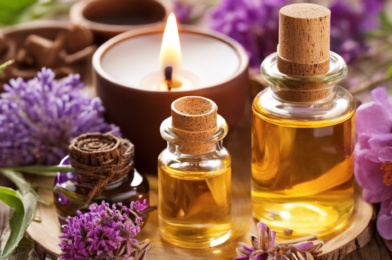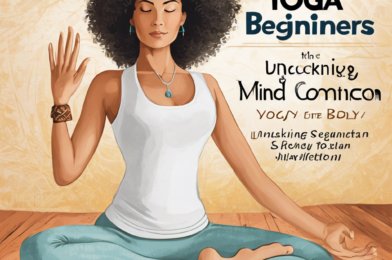Staying active is crucial for maintaining physical and mental health, but it can be challenging to know where to start, especially if you’re new to fitness or have specific needs or limitations. The great news is that there is an exercise routine out there for every single person, regardless of age, ability, or experience level!
First and foremost, consult with your healthcare provider, especially if you have any health concerns or injuries. They can provide valuable guidance and ensure that you’re cleared for physical activity. Once you get the green light, the next step is finding the right type of exercise for you. The world of fitness is incredibly diverse, offering everything from solo runs or walks to group classes and team sports. The key is discovering what you enjoy because the best exercise routine is the one you’ll stick with!
If you’re not sure where to begin, consider starting with low-impact exercises like walking, swimming, or yoga. These activities are gentle on the joints and suitable for most people, allowing you to build a solid foundation for your fitness journey. As you gain confidence and stamina, you can gradually increase the intensity and explore other options. Remember, variety is essential for both physical and mental engagement, so don’t be afraid to mix things up! Try incorporating strength training, cardio, and flexibility work into your routine to target different aspects of fitness and keep your body guessing.
For those with specific needs or limitations, there are plenty of adaptations and specialized programs available. For example, chair yoga or aquatic exercises are excellent options for individuals with mobility issues. If you’re managing a health condition, look for exercises specifically designed for that condition, like Parkinson’s- or diabetes-specific workout programs. Adaptive sports and parasports offer incredible opportunities for individuals with disabilities to get active and competitive.
The beauty of exercise is that it’s never one-size-fits-all. There are endless ways to customize and adapt movements to your needs and abilities. So, whether you’re a beginner, an experienced athlete, or somewhere in between, there’s a fitness routine out there that will challenge and inspire you. With the right approach and a bit of creativity, you can discover a lifelong love of movement and all the physical and mental benefits that come with it!
Now, let’s dive into some specific ideas and resources to help you get started or take your fitness journey to the next level. Online exercise videos and apps are a fantastic resource for those who want to work out at home or on their own schedule. A simple online search will yield countless options, from free YouTube videos to subscription-based apps with personalized programs. Many of these resources offer filters or questionnaires to help you find workouts suited to your goals, fitness level, and available equipment. It’s like having a personal trainer at your fingertips!
If you’re eager to get started with strength training, bodyweight exercises are an accessible and effective way to begin. Push-ups, lunges, squats, and planks are fantastic moves that use your body’s weight as resistance, building strength and stability. You can also invest in some affordable resistance bands to add variety and challenge to your routine. As you progress, consider incorporating free weights like dumbbells or kettlebells to target different muscle groups and build strength in new ways.
When it comes to cardio, the options are endless! Walking is an excellent place to start, and it’s a low-impact way to get your heart rate up and improve cardiovascular health. From there, you might try jogging or running, perhaps even working towards a 5K if that’s a goal of yours. Cycling, swimming, and dancing are also fantastic cardio exercises that can be tailored to your fitness level. And if you’re feeling adventurous, give high-intensity interval training (HIIT) a try! HIIT involves short bursts of intense activity followed by brief recovery periods, boosting cardiovascular fitness and keeping your metabolism fired up long after your workout ends.







